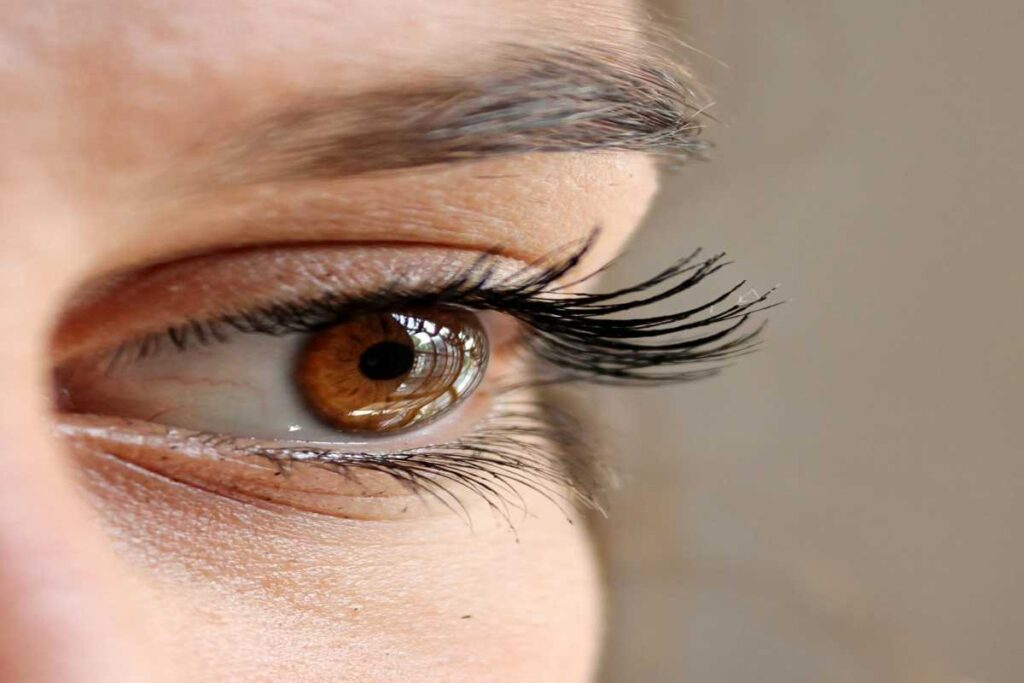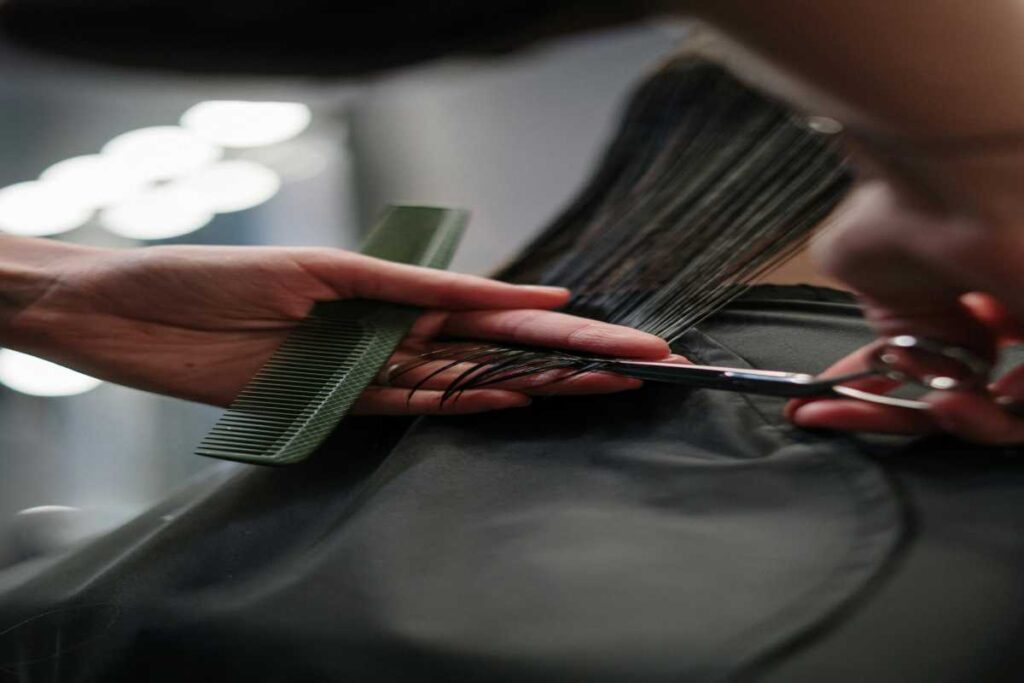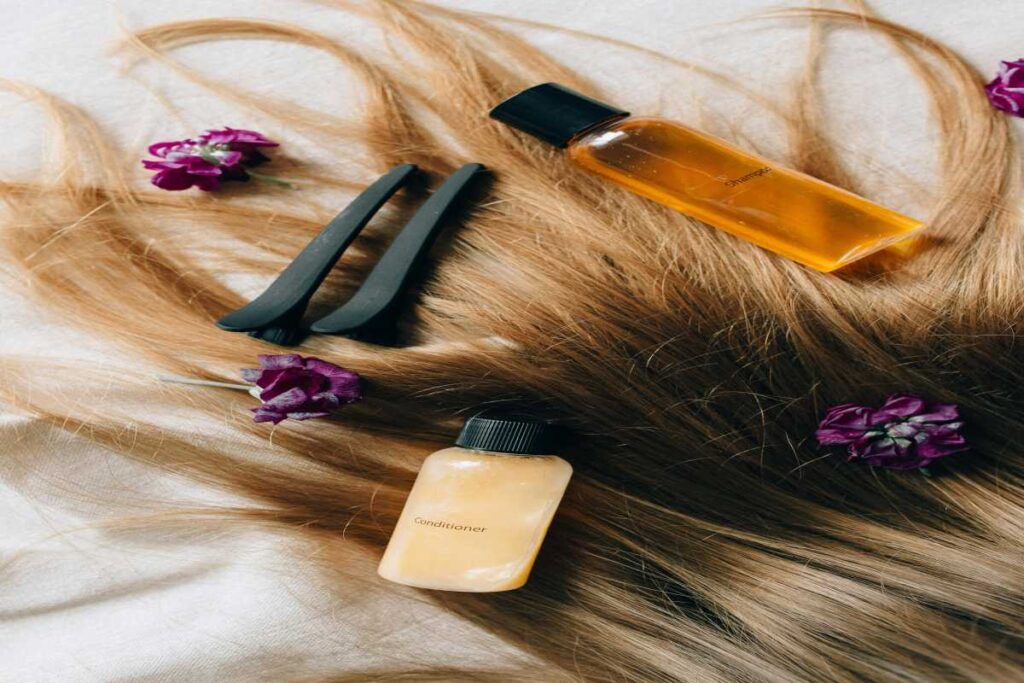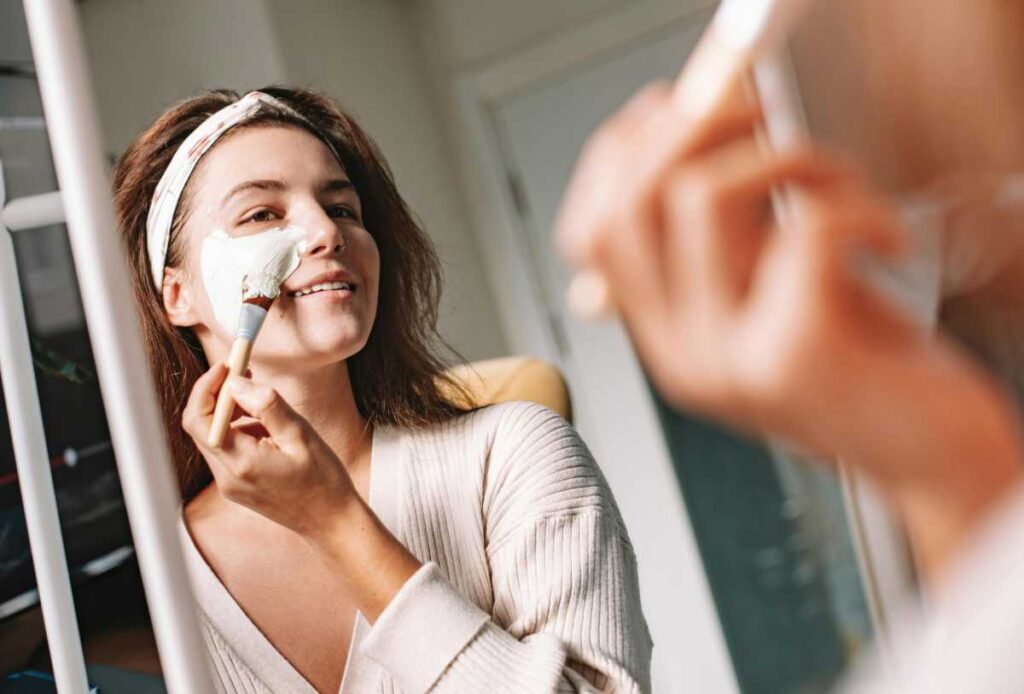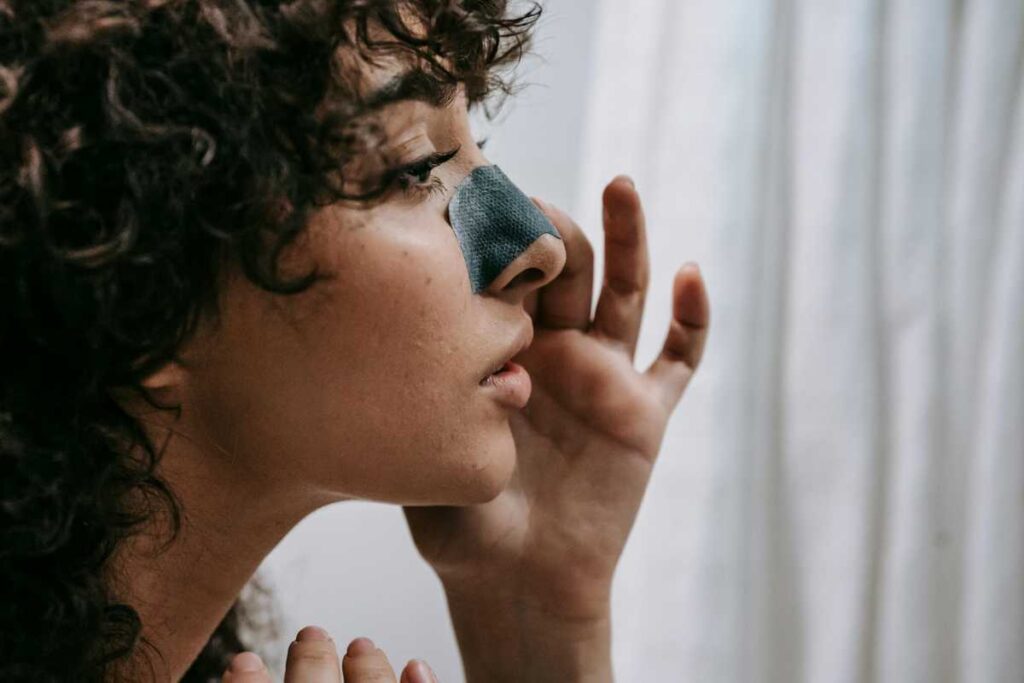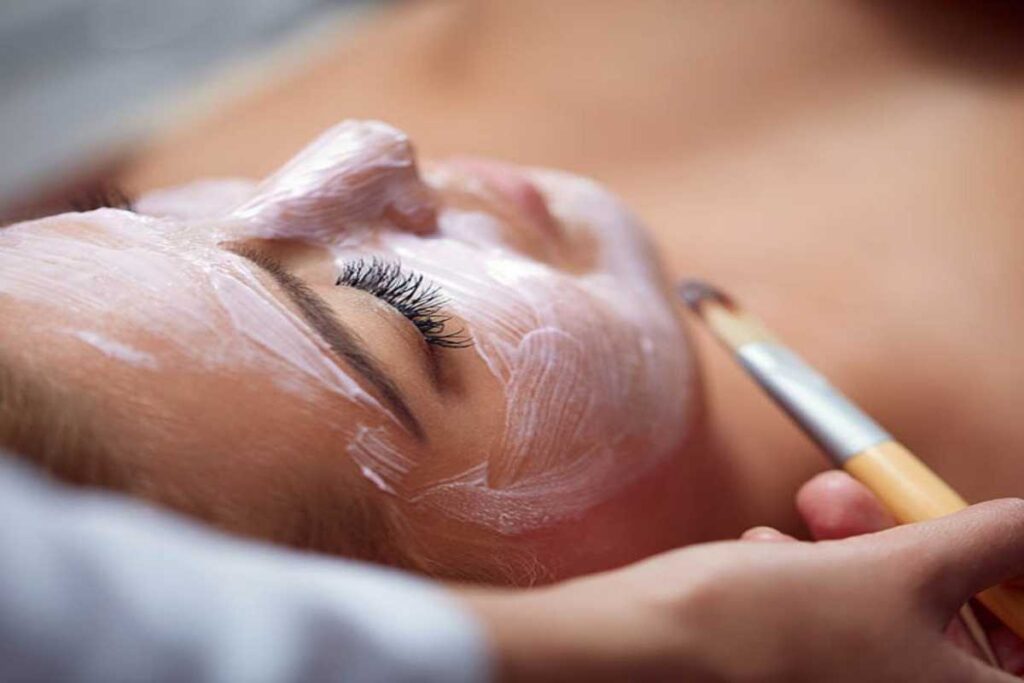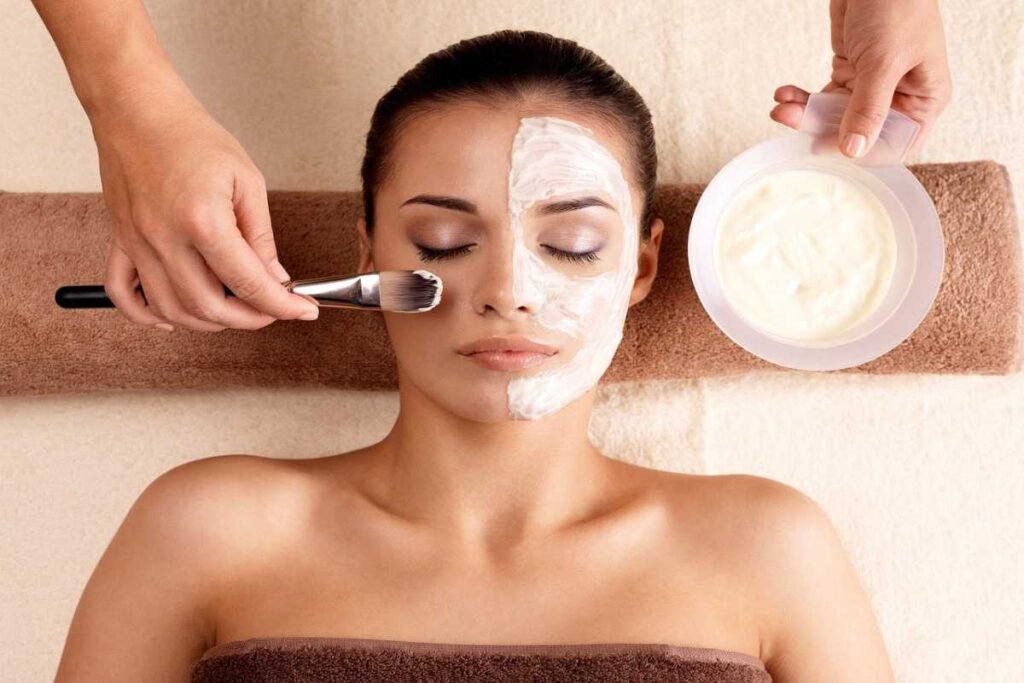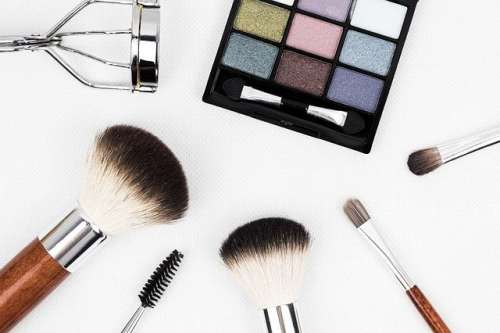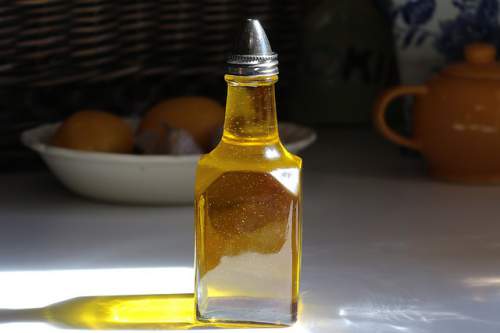Eyelash extensions or false eyelashes are a fantastic way to enhance the beauty of your eyes, but removing the eyelash glue without causing damage can be tricky. If not done properly, it can lead to irritation, breakage, or damage to your natural lashes and delicate skin around the eyes. Fortunately, there are safe and effective methods to remove eyelash glue without causing harm.
In this blog, we’ll guide you through the best techniques to get eyelash glue off with minimal damage, as well as some essential tips to help protect your natural lashes and skin.
Why Eyelash Glue Removal Needs Caution
Before diving into how to remove eyelash glue, it’s essential to understand why this task requires special attention.
- Delicate Skin Around the Eyes: The skin around your eyes is sensitive and thin, making it prone to irritation if exposed to harsh chemicals or excessive rubbing.
- Fragile Natural Lashes: Your natural lashes are delicate, and pulling on them aggressively can cause them to break or fall out.
- Possible Glue Residue: Even after removing the false lashes, there may still be stubborn glue left on your natural lashes or the eyelid that needs gentle removal.
By using the right techniques and products, you can ensure that your lashes remain intact and your skin stays safe.
Best Ways to Get Eyelash Glue Off Without Damage
1. Use an Oil-Based Makeup Remover
One of the most effective ways to remove eyelash glue is by using an oil-based makeup remover. Oils are great for dissolving the strong adhesive in eyelash glue while being gentle on both your lashes and skin.
- How to Use: Pour a small amount of oil-based makeup remover onto a cotton pad or cotton ball. Gently press it onto your closed eyelids, where the glue is, for a few seconds to allow the oil to break down the adhesive. Then, wipe gently in a downward motion to remove the glue. Repeat if necessary.
- Why It Works: Oil-based removers work by breaking down the bonds of the eyelash glue without irritating the skin. Oils like coconut oil, olive oil, or even baby oil are great options.
2. Coconut Oil
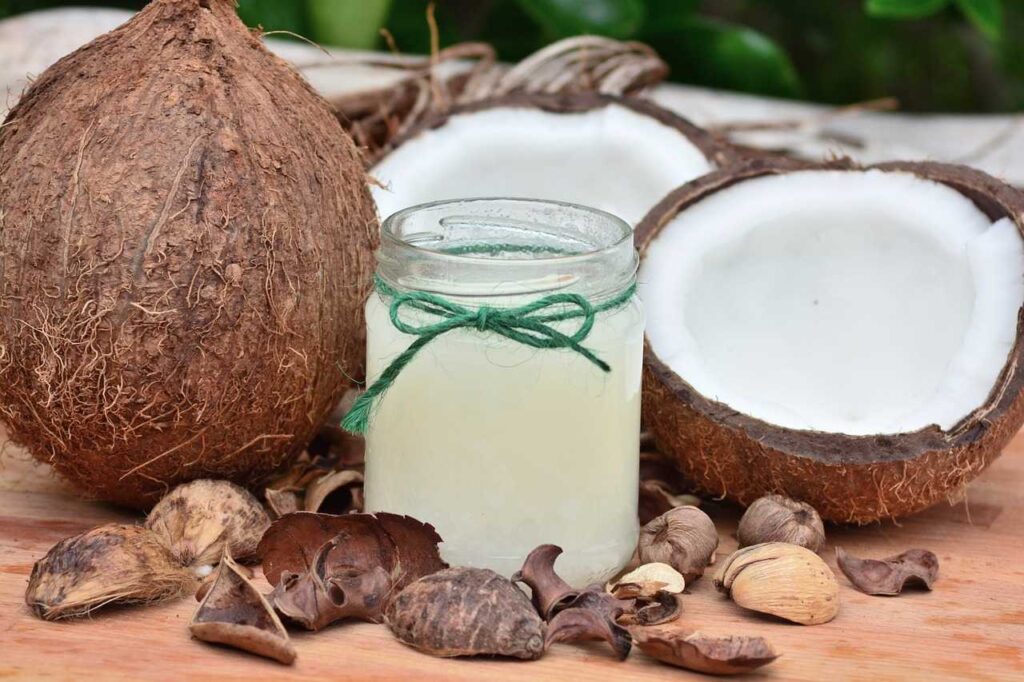
Coconut oil is a popular natural remedy for removing eyelash glue. Not only does it help dissolve the adhesive, but it also nourishes your lashes and the skin around your eyes with its moisturizing properties.
- How to Use: Warm a small amount of coconut oil in your fingers and gently massage it onto the lash line, focusing on areas where the glue is stuck. Leave it on for 5-10 minutes, then wipe away the oil with a cotton pad or soft cloth. Repeat if needed.
- Why It Works: Coconut oil contains fatty acids that help break down the adhesive while providing moisturizing benefits to prevent dryness and irritation.
3. Micellar Water
Micellar water is a gentle, water-based solution containing small oil molecules that trap dirt, oil, and makeup, including eyelash glue. It’s ideal for those with sensitive skin around the eyes.
- How to Use: Soak a cotton pad with micellar water and hold it over your eyelids for about 10 seconds. Then, gently wipe the cotton pad along your lashes to remove the glue. You can repeat this process until the glue is gone.
- Why It Works: Micellar water is gentle, non-irritating, and perfect for removing stubborn makeup and adhesive without harsh rubbing or chemicals.
4. Baby Oil
Baby oil is another great option for removing eyelash glue without causing irritation. It’s gentle, effective, and ideal for sensitive areas like the eyes.
- How to Use: Apply a few drops of baby oil to a cotton pad and hold it over your eyelids for a few minutes. Gently rub the cotton pad along your lash line in a downward motion to break down the glue. Wipe away any excess oil with a clean cotton pad.
- Why It Works: Baby oil is mild and helps to break down the glue without damaging your natural lashes or skin, leaving the area soft and hydrated.
5. A Makeup Remover Gel or Liquid
Specialized eyelash glue removers are available in the form of makeup remover gels or liquids. These products are designed to break down adhesives without causing harm to the skin or lashes.
- How to Use: Apply a small amount of remover gel or liquid to a cotton swab or cotton pad. Gently apply it to the area with glue and wait for a few seconds for it to dissolve the adhesive. Wipe away the glue gently without rubbing.
- Why It Works: These products are formulated specifically to dissolve eyelash glue and adhesive without causing irritation or damaging your natural lashes.
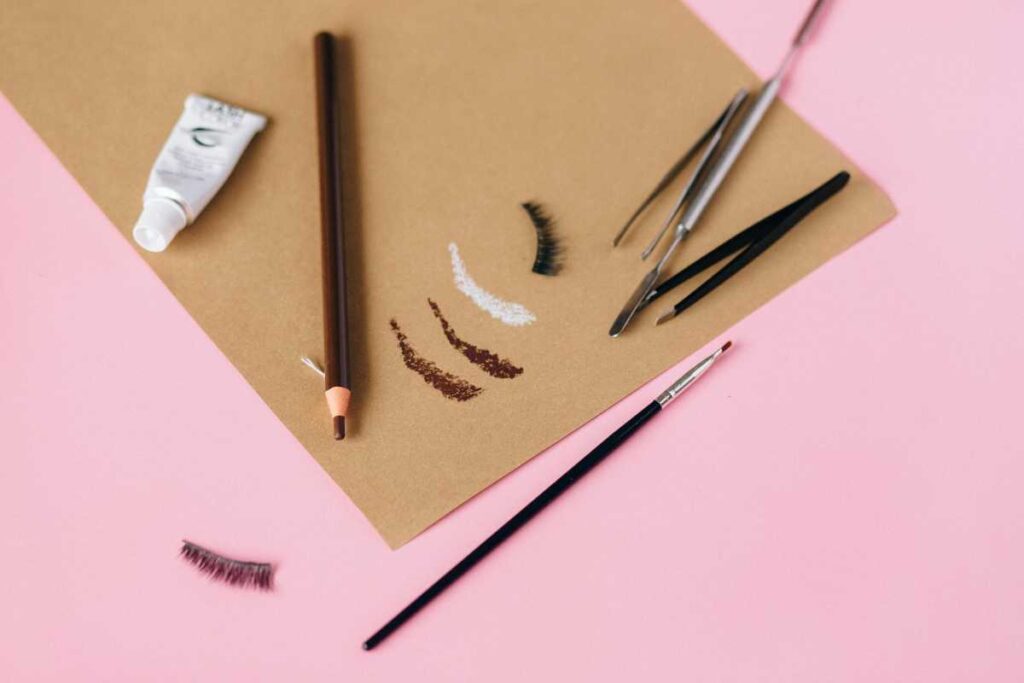
6. Steam to Loosen the Glue
Using steam is an effective way to soften the adhesive, making it easier to remove the glue. The warm steam helps break down the bonds of the glue, making it less sticky and easier to remove.
- How to Use: Boil water and let it cool slightly. Hold your face over a bowl of hot water with a towel over your head to trap the steam. Stay in the steam for a few minutes to help loosen the glue. Then, gently remove the glue using a cotton pad with a makeup remover or oil.
- Why It Works: Steam opens up your pores and softens the glue, allowing you to remove it without pulling or causing damage to your lashes.
7. Avoid Rubbing or Pulling on Your Lashes
Regardless of the method you choose, it’s important to avoid aggressively rubbing or pulling on your lashes. This can cause your natural lashes to fall out or break. Always be gentle when handling your eyelids and lashes, especially when removing glue.
- Why It Works: Your lashes are delicate, and applying too much pressure can weaken them. Gentle, slow movements will help preserve the integrity of your natural lashes and skin.
Tips for Preventing Eyelash Glue Build-Up
While removing eyelash glue can be easy with the right products, preventing glue buildup is just as important. Here are a few tips to help minimize the amount of glue residue left on your lashes:
- Cleanse Regularly: Make sure to cleanse your eyes thoroughly after wearing false lashes. Use a gentle, non-oily cleanser to remove any excess glue and makeup.
- Use Lash Extensions Carefully: If you’re using eyelash extensions, have them professionally applied and removed to prevent damage to your natural lashes.
- Avoid Excessive Glue: Use only the amount of glue needed for applying false lashes. Excessive glue can create residue and make removal more difficult.
- Keep Lashes in Good Condition: Take care of your false lashes by cleaning them regularly. This will prevent glue buildup on the lashes themselves, making removal easier the next time.
Conclusion: Removing Eyelash Glue Safely
Getting eyelash glue off without causing damage is a simple process when you use the right products and techniques. Whether you prefer natural remedies like coconut oil or micellar water or opt for a specialized eyelash glue remover, the key is to be gentle with your delicate skin and natural lashes. By following these methods, you can ensure your lashes stay healthy, your skin remains irritation-free, and your beauty routine stays hassle-free.
Remember, always remove glue with care and take preventative measures to avoid buildup, keeping your eyes and lashes looking beautiful and intact.

